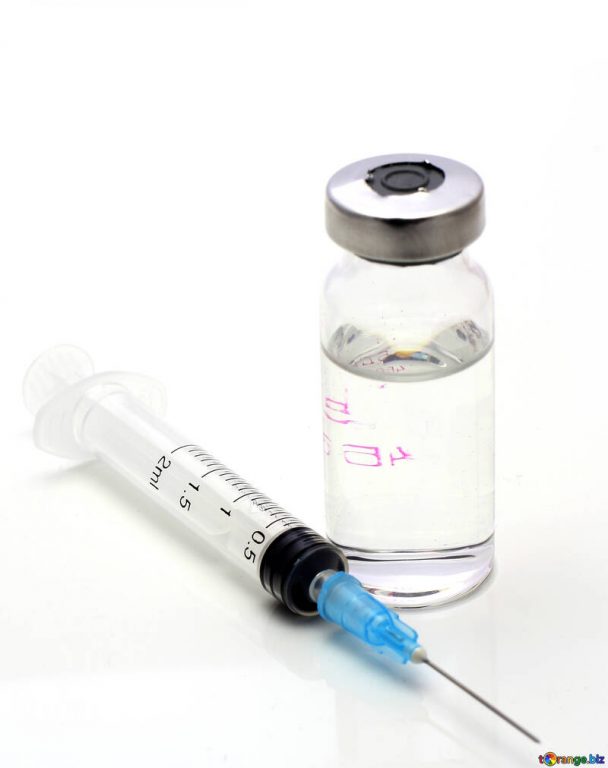It was a Friday afternoon in March 2013 when Andy Geall got the call. Three people in China had just become infected with a new strain of avian influenza. The global head of vaccines research at Novartis, Rino Rappuoli, wanted to know whether Geall and his colleagues were ready to put their new vaccine technology to the test.
A year earlier, Geall’s team at Novartis’s US research hub in Cambridge, Massachusetts, had packaged strings of RNA nucleotides inside of small fat droplets, known as lipid nanoparticles (LNPs), and used them to successfully vaccinate rats against a respiratory virus1. Could they now do the same for the novel flu strain? And could they do it as fast as possible?
As Geall, head of the RNA group, recalls: “I said, ‘Yeah, sure. Just send us the sequence.’” By Monday, the team had begun synthesizing the RNA. By Wednesday, they were assembling the vaccine. By the weekend, they were testing it in cells — a week later, in mice2.
The development happened at a breakneck speed3. The Novartis team had achieved in one month what typically took a year or more.
But at the time, the ability to manufacture clinical-grade RNA was limited. Geall and his colleagues would never find out whether this vaccine, and several others that they developed, would work in people. In 2015, Novartis sold its vaccines business.
Five years and one global pandemic later, RNA vaccines are proving their worth. Last month, two RNA vaccine candidates — one from US pharmaceutical giant Pfizer and BioNTech in Mainz, Germany, and another from Moderna in Cambridge, Massachusetts — won emergency approval from regulators in several countries to fight COVID-19.
The era of RNA vaccines has arrived — and dozens of companies are getting in the game. “All of the major pharmas are, in one way or the other, now testing out the technology,” says Jeffrey Ulmer, former head of preclinical research and development at GlaxoSmithKline’s vaccine division in Rockville, Maryland, and before that a member of Geall’s team at Novartis.
The idea of using RNA in vaccines has been around for nearly three decades. More streamlined than conventional approaches, the genetic technology allows researchers to fast-track many stages of vaccine research and development. The intense interest now could lead to solutions for particularly recalcitrant diseases, such as tuberculosis, HIV and malaria. And the speed at which they can be made could improve seasonal-flu vaccines.
But future applications of the technology will run up against some challenges. The raw materials are expensive. Side effects can be troubling. And distribution currently requires a costly cold chain — the Pfizer–BioNTech COVID-19 vaccine, for example, must be stored at −70 °C. The urgency of COVID-19 is likely to speed up progress on some of those problems, but many companies might abandon the strategy once the current crisis subsides. The question remains: where will it end up?
“The RNA technology has proved itself, but it’s not done yet,” says Philip Dormitzer, head of viral vaccines research at Pfizer, and a former colleague of Geall’s at Novartis. “And now that we’ve seen it work for COVID-19, it’s tempting to want to do more.”
Small particles, big advance
Vaccines teach the body to recognize and destroy disease-causing agents. Typically, weakened pathogens or fragments of the proteins or sugars on their surfaces, known as antigens, are injected to train the immune system to recognize an invader. But RNA vaccines carry only the directions for producing these invaders’ proteins. The aim is that they can slip into a person’s cells and get them to produce the antigens, essentially turning the body into its own inoculation factory.
The idea for RNA-based vaccination dates back to the 1990s, when researchers in France (at what is now the drug firm Sanofi Pasteur) first used RNA encoding an influenza antigen in mice4. It produced a response, but the lipid delivery system that the team used proved too toxic to use in people. It would take another decade before companies looking at RNA-interference therapeutics — which rely on RNA’s ability to selectively block the production of specific proteins — discovered the LNP technologies that would make today’s COVID-19 vaccines possible.







